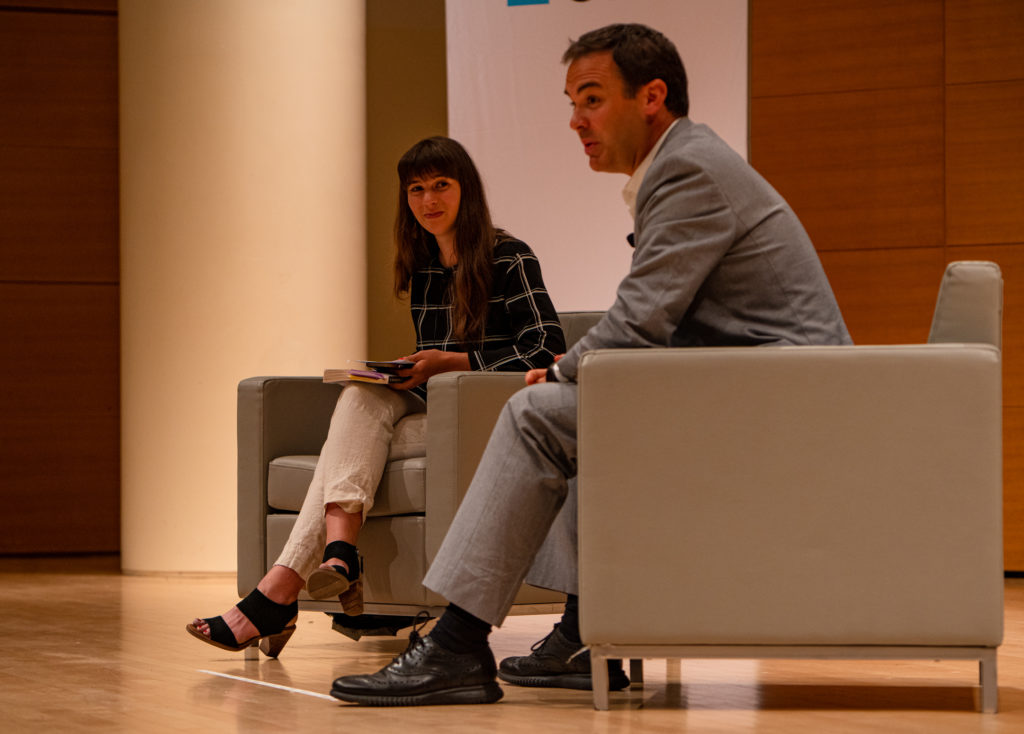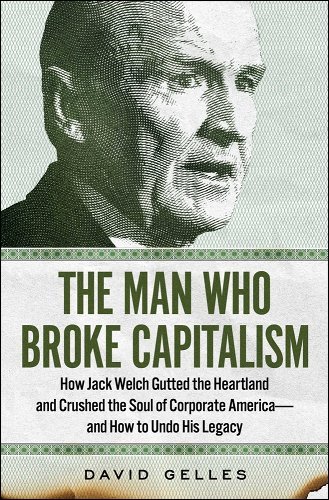Fostering Connection for Workplace Well-Being and Innovation
Workplace mental health is in crisis. According to the U.S. Department of Health and Human Services, 76% of U.S. workers report experiencing at least one symptom of a mental health condition, and 84% say their workplace has contributed to their struggles. As such, employees are demanding change—81% say they will seek workplaces that actively support mental well-being in the future.At From Day One’s Houston conference, TV host, producer, and journalist Dee Brown moderated a panel of experts. As she highlighted these statistics, their discussion maintained that to foster well-being and drive innovation, organizations must create environments where employees feel valued, heard, and safe.Building Psychological SafetyPanelist Jonathan Thorp, chief learning officer at Quantum Connections, highlighted that addressing workplace culture requires understanding employees on a deep level. “A lot of people mistake culture as being this single thing, this entity that you can measure and perfect,” he said. “But culture operates on several levels: the values a company aspires to, the actual behaviors and routines in the workplace, and, most importantly, the underlying beliefs of employees.” Companies must actively engage with employees to uncover these beliefs, Thorp says. “You’ve got no way to learn what those underlying beliefs are unless you talk to them, unless you ask them, and unless you actually build a genuine conversation—leaving that person feeling seen and heard.”Panelists spoke about "The Connection Solution: Bringing Workers Together for Well-Being and Innovation"The key to building psychological safety is not just assuming a workplace culture is effective but continuously measuring and reinforcing it. In Google’s Project Aristotle, he says, which sought to determine what makes the most effective teams, they were hoping to find that there was one Ivy League hero demographic that they could hire. “But what they actually found was that psychological safety was the number one factor,” Thorp said.Creating an environment where employees feel safe to speak up, share ideas, and engage meaningfully with leadership isn’t something that happens by chance—it must be intentionally cultivated and maintained. “You have to work at it, and as soon as you have it, even for an instant, you have to work hard to keep it, because it is perishable.”Data-Driven DecisionsSupporting employees, particularly in high-stress environments like behavioral health, is critical. “Charlie Health is uniquely positioned because we’re in the behavioral health space,” said panelist Christine Ko, chief people officer at Charlie Health. “With nearly 90% of our workforce being clinicians who work with high-need clients in crisis, we have to take a much more active approach to preventative care.”This means prioritizing real-time data collection to anticipate and address burnout before it escalates, she says. But Ko acknowledged the complexity of workplace well-being, particularly when multiple challenges overlap. “You have overarching burnout issues in behavioral health, then you add workplace culture challenges—like isolation and lack of connection—and then you layer on a remote, distributed workforce,” she said. “Suddenly, you have a very complex set of issues to solve in a workplace setting.”Charlie Health takes a hands-on approach, integrating traditional Employee Assistance Programs (EAPs) with embedded support in daily workflows. “It’s about teaching our employees to fish,” she added. “We want to give them the tools they need and empower them to use those tools when necessary.”Truly listening requires collecting information, but really analyzing it so they can best use it. “We do quarterly pulse surveys at the organizational level, but that’s just a starting point,” Ko said. “After that, we do deep dives with each team because we have such a diverse workforce—some hourly, some salaried, some in healthcare, some in corporate roles. The needs of each group are different, and we have to understand those unique challenges.”Building trust is essential in making this process successful. “That’s why we’re upfront: We want to hear from you because what you tell us matters. And we’re going to use that information to prioritize initiatives that will have the biggest impact on you.”Sustainable change begins with leadership, says Ko. By investing in leadership training and support, Charlie Health ensures managers are equipped to provide personalized, day-to-day coaching. “If we get leadership right, we can create solutions that truly support our workforce in the long run.”Connection and PurposeLeaders should make sure they are aligning employees with the company’s mission to foster a sense of connection and purpose, says panelist Terry Stringer, head of ethics office, integrity policy and operations at HP Inc. Because of psychological safety challenges employees face, HP implemented a peer-support initiative designed to offer employees a trusted avenue to discuss concerns, which in turn encouraged them to engage more openly and feel safer in their roles. “They should feel comfortable speaking up without fear of repercussions,” Stringer said. HP developed a mental health initiative where executive leaders publicly discussed their personal mental health challenges, sparking meaningful conversations throughout the company. “This openness led to employees seeking resources and HR stepping in to provide more support,” Stringer said. The company also focuses on gathering feedback through various surveys to continuously evaluate the program’s impact and make necessary adjustments. The goal is not just to measure the program’s success, she explained, but to improve the overall work environment and employee experience.It all comes down to balancing the company’s goals with the well-being of employees. “We’re a business, but we care about you as a person. We need you to be well in order for us to succeed,” she said. Use AI to Enhance WellnessAI is one tool that leaders can use to boost connectivity, according to panelist Selena Young, head of HR business partnering at Seadrill. The company uses AI tools to improve wellness among its largely offshore workforce. “Being on a rig for months, disconnected from the world, can be very challenging,” she said. To address this, Seadrill implemented an AI-based platform that provides personalized real-time nudges to employees, encouraging behavior changes that positively impact their mental wellness.The AI tool monitors employee activity, such as time spent on computers and email response times, and tailors its nudges accordingly. This approach complements, rather than replaces, human connection by fostering important conversations and encouraging leaders to think outside the box and engage authentically with employees.Young also stressed the role of leaders in shaping company culture. “Culture is defined by what is supported, rewarded, and tolerated,” she said, pointing out the disconnect when leaders promote wellness initiatives but fail to model the behaviors themselves, like taking time off. She emphasized that true cultural change begins with leaders modeling vulnerability, asking their team members, “What do you need from me?”One of the key challenges Seadrill has tackled is absenteeism, especially when employees struggle with mental health issues but don’t feel comfortable discussing it. To combat the stigma, Seadrill introduced flexible paid time off (PTO) days for mental health, giving employees the freedom to take time off without explanation. This approach encourages employees to prioritize their well-being and ensures they have the trust and support of their leaders.“We as leaders go first,” Young concluded, highlighting the importance of leading by example in creating a culture of wellness and open communication.Complimentary Mental Health ServicesAt SICK Sensor Intelligence, they offer complimentary mental health services—not just to employees but also to their immediate families. This initiative has brought tremendous results, including fewer employee relations events and increased loyalty. “It’s been a really good investment,” said panelist Elise Furlan, president and chief people & legal officer at SICK. Of course, not all of the positive outcomes can be directly attributed to the program, she added, but it’s definitely helped.Despite it being one of the most prevalent health crises in America, mental health is still a taboo topic. That’s why companies must create a workplace culture where mental health is addressed proactively. Effective employee listening tools are also a key part of this strategy. Furlan advocates for anonymous, repeatable, and robust listening platforms to gather employee feedback. “Employee listening is a cornerstone,” she stated, acknowledging the challenges of navigating a post-Covid, socially driven, and artificial society.Furlan’s company has also implemented OKRs (Objectives and Key Results) to track progress and ensure that qualitative issues, such as culture and mental health, are not overlooked. She mentioned that focus groups are often used to deepen the understanding of qualitative topics within the organization.Community within a company is vital for people to feel connected. “I think so much of what we talk about is the isolation issue—the degree of connectivity to the workplace,” she said. Generational differences also affect how people connect. For example, younger employees may prefer texting or digital engagement over traditional in-person events.Companies should not chase after trends but instead build consistency in the resources they offer, she says. “Use your resources to build your brand,” she said, stressing the need for year-over-year presence to build momentum and effectiveness.Fostering a culture of connection, support, and well-being is essential for the health and success of both employees and organizations. As organizations move forward, the message is clear: when organizations prioritize their employees' mental health and well-being, they not only cultivate a supportive environment but also drive innovation, loyalty, and long-term success.Carrie Snider is a Phoenix-based journalist and marketing copywriter.(Photos by Annie Mulligan for From Day One)
Carrie Snider
March 27, 2025



